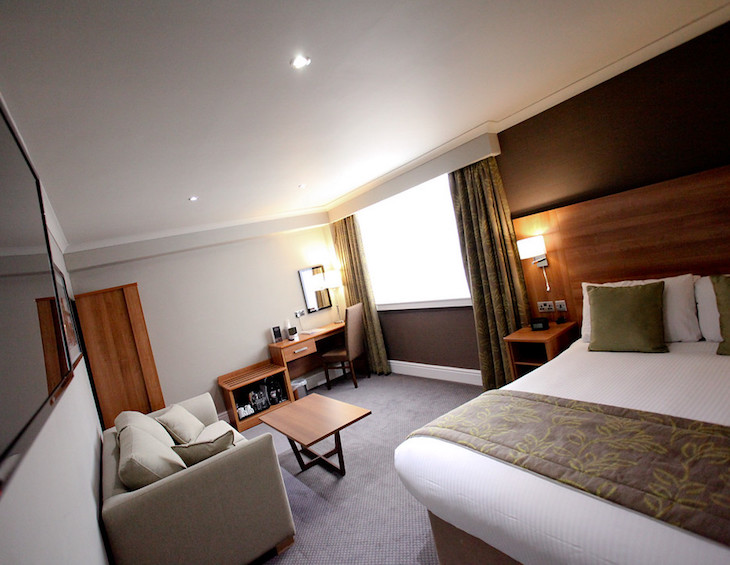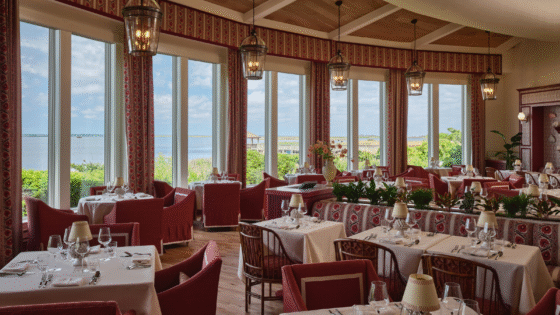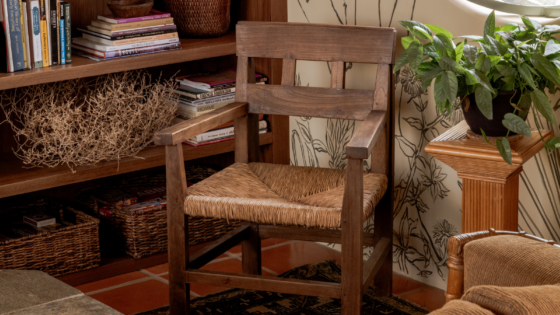With the current slump in trade, operators are being forced to close sections of their properties or indeed whole buildings. Hotel Designs asks Interior Refurbishment Contractor, Interefurb, how hotels can best utilise this quiet spell during the pandemic. Gary Crosbie explains…
The COVID–19 pandemic continues to halt the hotel design and hospitality industry. While some properties are being transformed into temporary accommodation for the sick, homeless and medical workers, other buildings lie bare.

If it’s any conciliation, we have been in a similar situation before. In 2001, the Foot and Mouth outbreak and the wake of 9/11 left the industry on its knees. After the lull of activity and an anxious period for investors and operators, the market recovered. Here are some tips that we learned during that time.
One of the largest barriers when carrying out refurbishment is the loss of revenue whilst rooms and areas are out of action. But back then, several of our clients took advantage of quiet and empty properties and carried out their refurbishment and maintenance works, stealing a lead on the competition when business returned. Which it will.
Plan ahead
How long are you expecting the building to be unoccupied for? Do you have any special features that require special protection? The most important threats to a vacant building are:
- Weather – our weather patterns currently are unpredictable and extreme. If building elements are not properly secured, the high winds may damage many building elements and leave others open to further damage. Likewise, heavy rains may cause flooding on the lower levels of the building and water penetration in other unsecured areas.
- Escape of water – Escape of water and moisture will cause the decay of materials, leading to wood rot, growth of mold and fungi, and provide a hospitable environment for insects. Water can gain direct access to the building through windows, doors, roof openings, damaged mortar joints, blocked gutters and condensation caused by temperature and humidity shifts within the building.
- Pests and Vermin – When birds, bugs, and rodents make your vacant building their home, it increases the likelihood of structural damage and compromises the integrity of decorative elements. New openings in the building may be made by these vermin. Birds’ nests can be a fire hazard and their droppings, a disease threat. Rodents may chew on the building’s wiring, and insects may bore into wood structural supports. Old food left in rooms and dare I say staff accommodation
- Vandalism – Caused when local opportunists force entry, any opening then allows the direct entry of vermin, wind, and water. Vandals may also damage the interior or start fires in the building.
A well a thought-through and implemented plan will help eliminate disaster, especially whilst there is nobody around to regularly monitor and will also make the recommissioning easier.
Create a checklist
A simple checklist can help to prevent many of these conditions from exacting their toll on your investment:
- Roof – Repair all leaks. Ensure all flashing is secure, and gutters run freely.
- Ventilation – A securely ventilated building prevents the damage that can be caused by condensation. Ventilate the building so that air enters at ground level and leaves at the attic level.
- Windows and doors – Entry points, such as windows and doors, should be secured to prevent damage and entry from vandals. Remove any debris, such as loose bricks, that could be thrown at the building to provide entry.
- Plumbing and heating – Plumbing in an unheated building should be protected by shutting off the water supply and draining the pipes, contact your insurer regarding their requirements for and sprinkler systems. Seal WC lids to prevent accidental use.
- Finishes and furniture – If safe storage can be provided elsewhere, it may be prudent to remove and store valuable items. Photograph the items in their original location before removal.
- Notifications – notify your insurers, alarm monitoring companies and appropriate local authorities of the vacant building, consider providing keys to the police and Fire and Rescue.
Interefurb is one of the brands that has taken advantage of our Industry Support Package. To keep up to date with supplier news, click here. And, if you are interested in also benefitting from this three-month editorial package, please email Katy Phillips by clicking here.




